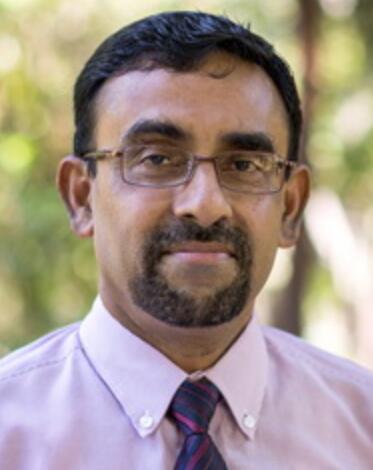Abstract— This paper proposes the new method to improve the conventional techniques in the channel allocations in order to reduce transmission loss in the case that a large number of channels are in close proximity to each other. This phenomenon, called Four-Wave Mixing (FWM), can be observed in the case of Dense Wavelength Division Multiplexing (DWDM) which is the cause of transmission loss due to the nonlinear characteristic of the fiber. The channel allocations that can be utilized to resolve this problem are Equally Spaced (ES), Equally Repeated Unequally Spaced (ERUS) and Base-unit Repeated Unequally Spaced (BRUS). This paper presents the new technique of the channel allocation called ―Shift alternative repeated unequally spaced (SARUS)‖ to avoid the Four-Wave Mixing. From the simulation results, the new proposed technique can decrease an average FWM efficiency from -28.19dBm to -32.07dBm and reduce BER from -19.7dBm to -25.1dBm. Furthermore, the number of channels has been increased to 43 channels in DWDM transmission system (C–band). These results indicate that SARUS has a lower FWM efficiency than BRUS and other above mentioned techniques.
Index Terms— Dense wavelength division multiplexing, four wave mixing, nonlinear, shift alternative repeated unequally spaced, channel allocation.
C. Srinuan and S. Noppanakeepong are with the Telecommunication Engineering Department, Faculty of Engineering, King Mongkut’s of Technology Ladkrabang, Bangkok, Thailand (e-mail: chollate@tot.co.th, knsuthic@kmitl.ac.th).
[PDF]
Cite: C. Srinuan and S. Noppanakeepong, " The Analysis of Shift Alternative Repeated Unequally Spaced Channels Allocation for DWDM System," International Journal of Information and Electronics Engineering vol. 3, no. 6, pp. 594-598, 2013.


